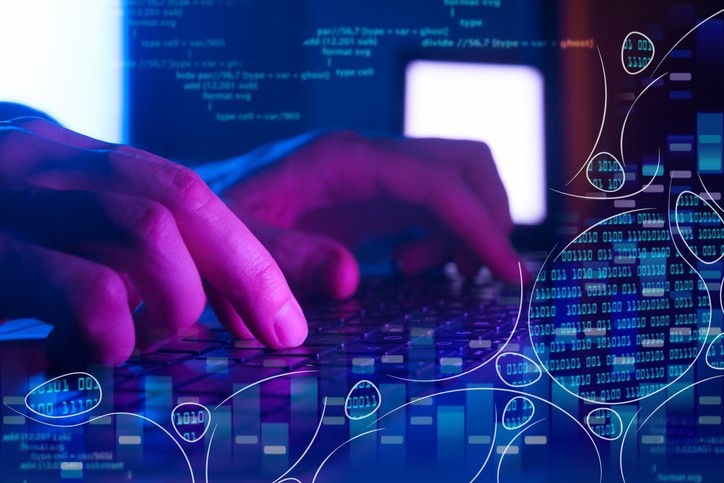Neogen and Ripe Technology make strides in feed traceability, beef related genomic analysis

Ripe.io and Neogen have been working on several projects, in different ways, most notably in the animal protein supply chain and in feed traceability and feed safety, Rachel Gabato, COO, ripe.io, told us.
“On the animal protein front, we have been looking at relating the genomic information of the beef supply chain – the genotype/phenotype of the animal, the identity traits and scores, data that Neogen provides, and then feeding that information back into our platform; we relate that to all the participants in the beef supply chain. With that bidirectional view of the supply chain you can start to associate and correlate the breeding decisions that were made against the actual performance of the progeny.
“And then, on the feed safety side, because Neogen has such a large food safety component to its business, we are tracking soybeans from the crusher through to feed formulation and finally on to feed [provision] at some of the largest pork producers.
“We are also doing testing, which Neogen is supporting, on mycotoxin levels during storage of soybeans and, over time, we will be able to identify potential areas of food safety or food risk in animal feed,” she said.
Impact of COVID-19 on traceability, food safety trends
Neogen and Ripe Technology are seeing increasing pressure on the businesses they interact with, that is pressure to think more holistically in terms of food traceability and sustainability. "Those kind of expectations from [further down the supply chain] have been gaining in momentum in the last few months, as the US starts to come out of the COVID-19 pandemic," said Joe Heinzelmann, director of business development, food safety, Neogen.
“The focus on many of our supply chain partners – whether that is operators in the feed sector or in the beef industry - from March to November last year was just about getting food onto the tables. Now we see companies are focused again on building their brands, telling stories about their activities, about what they are doing to bring food to US consumers in a safe and responsible way. We are starting to see that trend beginning to pick back up again, and the industry increasingly investing in different types of technologies and infrastructure to reinforce that,” he remarked.
Gabato agreed with that view: “If there was anything that the pandemic highlighted it was the rigidity and opaqueness of the supply chain. Also, we saw there was not a shortage of food, but rather that the distribution and the supply chain broke down in the sense the food could not be delivered to the consumer. That has led to a situation where consumers increasingly now want to know not only where their food is coming from but also whether it is safe to eat. The pandemic highlighted those concerns to the brands, which are now putting pressure on downstream and upstream [actors] in the supply chain to have proof of evidence of sustainability, of quality and food safety.”
'Genotyping for unmatched traceability'
The alignment of the technologies of Neogen and Ripe.io strengthens both, said Heinzelmann.
What Ripe Technology does from a traceability, metrics, and a secure and shareable blockchain environment perspective, is powerful and valuable in of itself, he said.
"What becomes very interesting is when we start to bring in unique diagnostics and elements like the genetics of an animal as the immutable truth that starts a blockchain for cattle. We now have all of that information that we can share in a supply chain for efficiencies, and we can go back to the DNA for unmatched traceability. We are looking at how we can use this DNA that we start out with, at the beginning of the blockchain, to carry out predictions in terms of behaviors or other aspects of the animal linked to demands further down the supply chain," he added.
Another critical part of any implementation of a ledger system is the highlighting of data omissions, said Gabato, and that is an aspect the partners look to stay on top of.
"When everybody is publishing their data to the same system, you also start to identify where you have gaps in data to fully answer questions on those quality and sustainability metrics."








